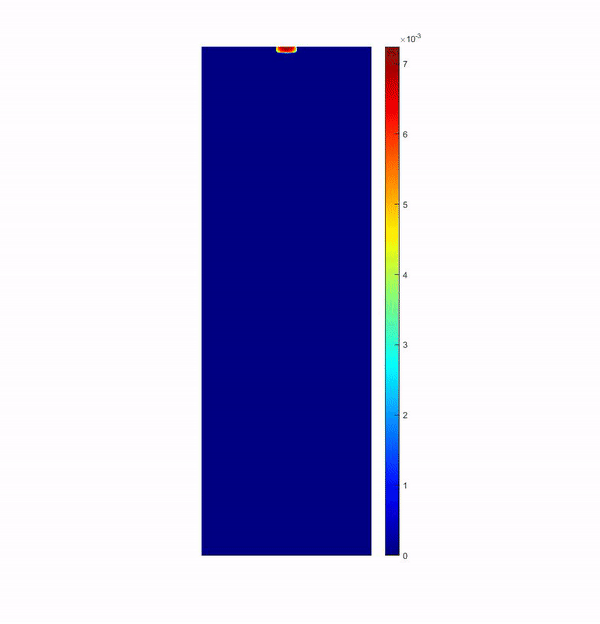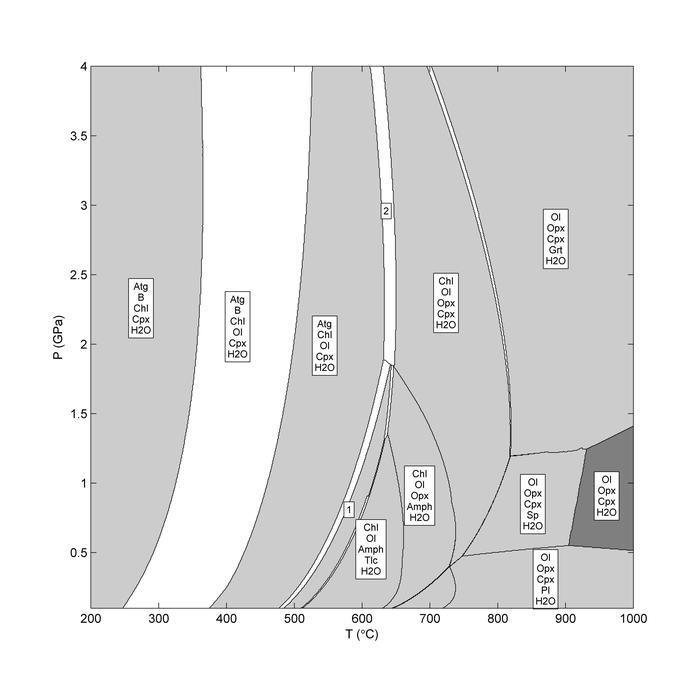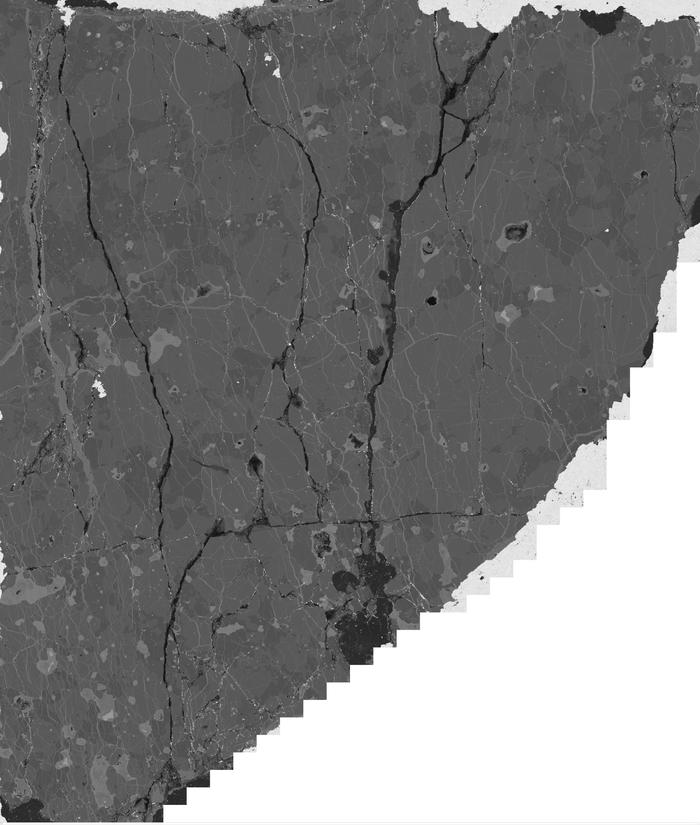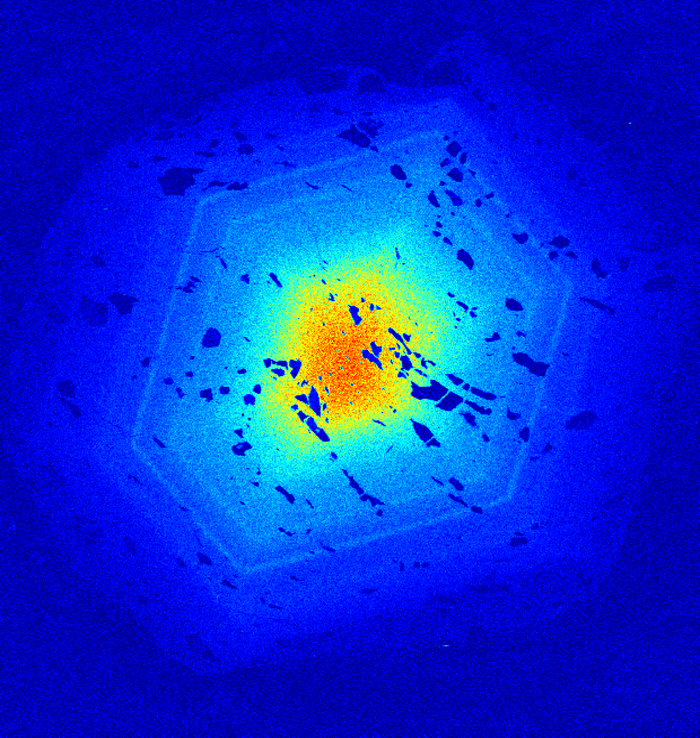Research
Below you find an overview of our current research. Click the links to find out more about each topic! You can have a closer look at all the images & figures by clicking on them.
Urban Mining
The interaction of reactive fluids with solid matter is not only relevant for the evolution of the Earth but also plays a key role in modern approaches to the recovery of critical raw materials from end-of-life electronic devices. This is important to enable the transition to a sustainable high-tech society that will become heavily reliant on solar panels, hydrogen fuel cells, electric motors, wind turbines, etc. However, hydrometallurgical recycling of the most valuable raw materials that are critical for green technologies such as the elements of the platinum group (PGEs) and the rare earth elements (REE), is challenging due to their slow reaction kinetics and low solubility in traditionally utilized mineral acids. Our research group, in collaboration with the Hasenstab-Riedel group , specializes in the determination of dissolution kinetics and downstream extraction procedures for various critical metals from end-of-life devices (e.g., computer scrap, permanent magnets, vehicle catalytic converter) using newly developed ionic liquids. This Urban Mining Project makes extensive use of the group’s state-of-the-art experimental and analytical facilities.
Fluid flow in subduction zones and orogens
Fluids play a crucial role in subduction zone processes and during continental collisions. As such, subduction zones are the key location linking Earth’s surficial and internal geochemical reservoirs. During metamorphic dehydration reactions fluids escape from the downgoing slab into the overlying mantle wedge affecting the rheology of the slab-mantle interface and controlling many geochemical cycles, magmatic processes, and earthquakes.
Thermodynamics of fluids and rocks
Understanding the thermodynamic behavior of fluids and rocks is crucial to correctly interpret mineralogical and petrological observations in the field. Thermodynamics is used in chemical equilibrium calculations for phase diagrams, as well as in numerical modelling of non-equilibrium processes such as reactive fluid flow and rock deformation. As fluids facilitate reactions in rocks which in turn affect transiently its flow -sensitive porosity, it is of main importance to properly characterize the thermodynamic behavior of geological fluids. We focus on quantification of the composition of fluids and minerals using theory, experiment, and observation.
Fluids and volatiles in the solar system
Different planetary materials show variable degrees of volatile element depletions, the origin and timing of which are still debated. We investigate carbonaceous chondrites, the components of the remnant material of planetary formation, and use stable isotope signatures of volatile metals to understand the origin of these depletions.
Fluids and geophysics: influence of mineral reactions on petrophysical properties
Examining how mineral reactions change rheological and petrophysical rock properties is crucial to understand the dynamics of the solid Earth. Using field mapping of exhumed deformed rocks, detailed analysis of the rock-forming mineral assemblages on various scales, experiments involving reaction and deformation, and numerical simulations we develop the understanding of processes such as subduction, mountain building, and earthquakes.




